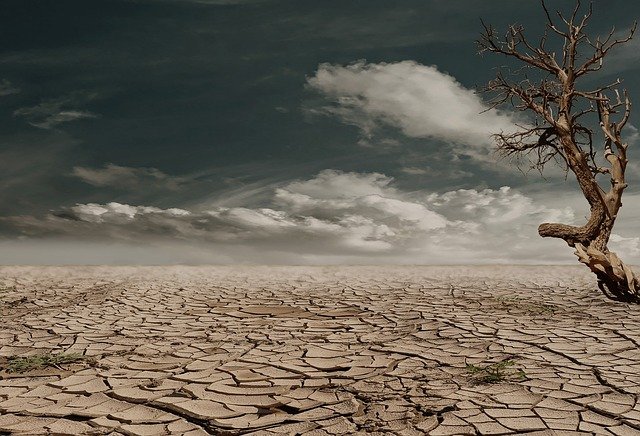Climatic changes and global warming are the major issues of 21 st century. Plants are consistently
exposed to biotic and abiotic stresses. Harmful effects resultant from global climate changes
possibly impart losses in crop productivity. Among abiotic stresses, drought is pondered as the
single most caustic environmental stress, which not only affects the plant growth and
development but also decreases the crop productivity.

A continuous deficit in rainfall combined with higher evapotranspiration demand points towards the agricultural drought.
Agricultural drought is the shortage of sufficient moisture necessary for the normal development
and growth of plants to complete its life cycle. It mainly focuses on precipitation shortages, soil
water deficits and reduced ground water, these all factors mutually results in water stress to
plant. Water is the most important aspect for the proper plant growth because under drought
condition plants fail to perform their normal growth activities which causes major threat to plant
cultivation. About 40 to 60 percent worlds agriculture land has been effected by drought.
Drought stress is affected by climatic, edaphic and agronomic factors. The susceptibility of
plants to drought stress varies independence of stress degree, different accompanying stress
factors, plant species, and their developmental stages. Acclimation of plants to water deficit is
the result of different events, which lead to adaptive changes in plant growth and physio-
biochemical processes, such as changes in plant structure, growth rate, tissues osmotic potential
and antioxidant defenses.
Drought badly affects the plant growth and development with considerable reductions in biomass
accumulation and growth rate in crops. The main concomitants of drought in crop plants are
reduced rate of stem elongation and root proliferation, cell division and enlargement, leaf size
and disturbed plant water and nutrient relations and stomatal fluctuations with reduced crop
productivity and water use efficiency (WUE).
Water deficit accelerates the biosynthesis of abscisic acid (ABA) which decreases the stomatal
conductance to lessen the transpirational losses. To cope with such challenges, it is essential to
comprehend the effects of drought on plants and morphological and physiological adaptations.
Several climate models have anticipated the increased severity and regularity of drought under
the continuing universal climate change circumstances. Therefore, it has become imperative to
explain the responses and adaptation of crops to water deficit, and take actions to improve the
drought resistance ability of crop plants and to ensure higher crop yields against unfavorable
environmental stresses. The drought resistant varieties and newly planned irrigation programs are
also required to compete with increasing water shortage conditions worldwide.